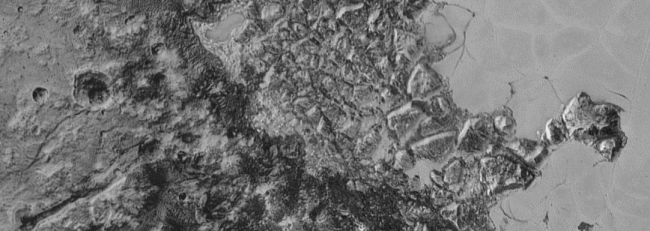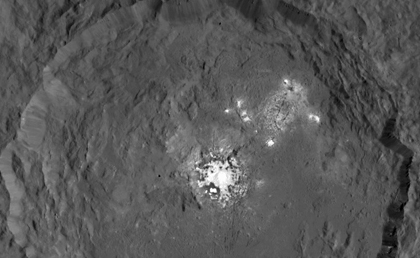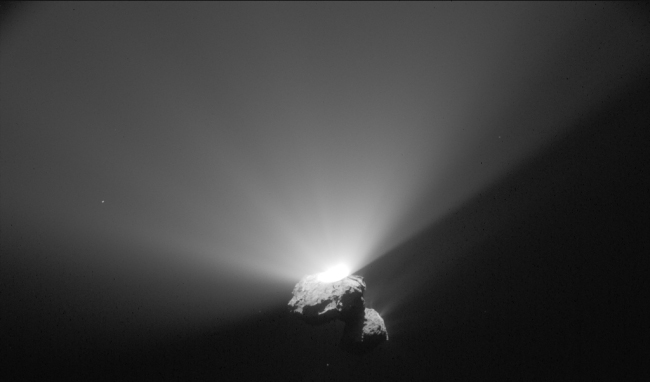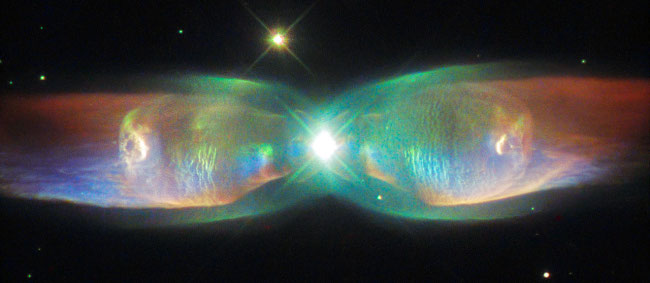Rivers and lakes on Pluto?
Cool image time! Though the New Horizons science team will likely not issue their next press release until Friday, they appear to be posting new images on their website on a daily basis. From those images I pulled out the one below, which to fit I have cropped and reduced slightly in size. Be sure to go to the full image.
Do you see what I see? It appears that there are meandering braided dry streambeds on Pluto, draining into what appears to be a large basin.
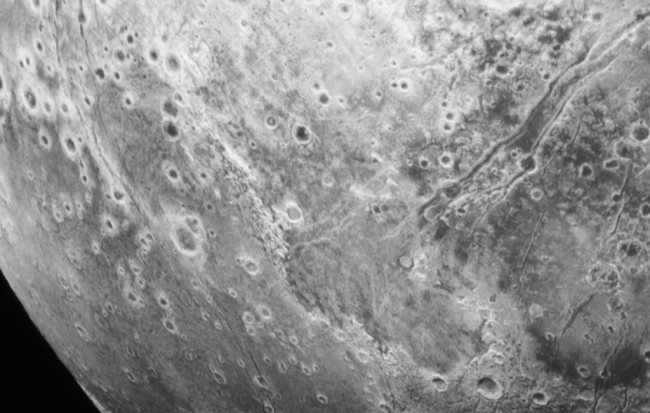
Assuming my guess of what this is is correct, this is obviously not a streambed created by water. Earlier images showed nitrogen ice flows and glacier-like geology. It is possible this new image is observing evidence of past nitrogen riverbeds and nitrogen lakes.
Expect a very interesting press release from New Horizons later this week.
Cool image time! Though the New Horizons science team will likely not issue their next press release until Friday, they appear to be posting new images on their website on a daily basis. From those images I pulled out the one below, which to fit I have cropped and reduced slightly in size. Be sure to go to the full image.
Do you see what I see? It appears that there are meandering braided dry streambeds on Pluto, draining into what appears to be a large basin.

Assuming my guess of what this is is correct, this is obviously not a streambed created by water. Earlier images showed nitrogen ice flows and glacier-like geology. It is possible this new image is observing evidence of past nitrogen riverbeds and nitrogen lakes.
Expect a very interesting press release from New Horizons later this week.

